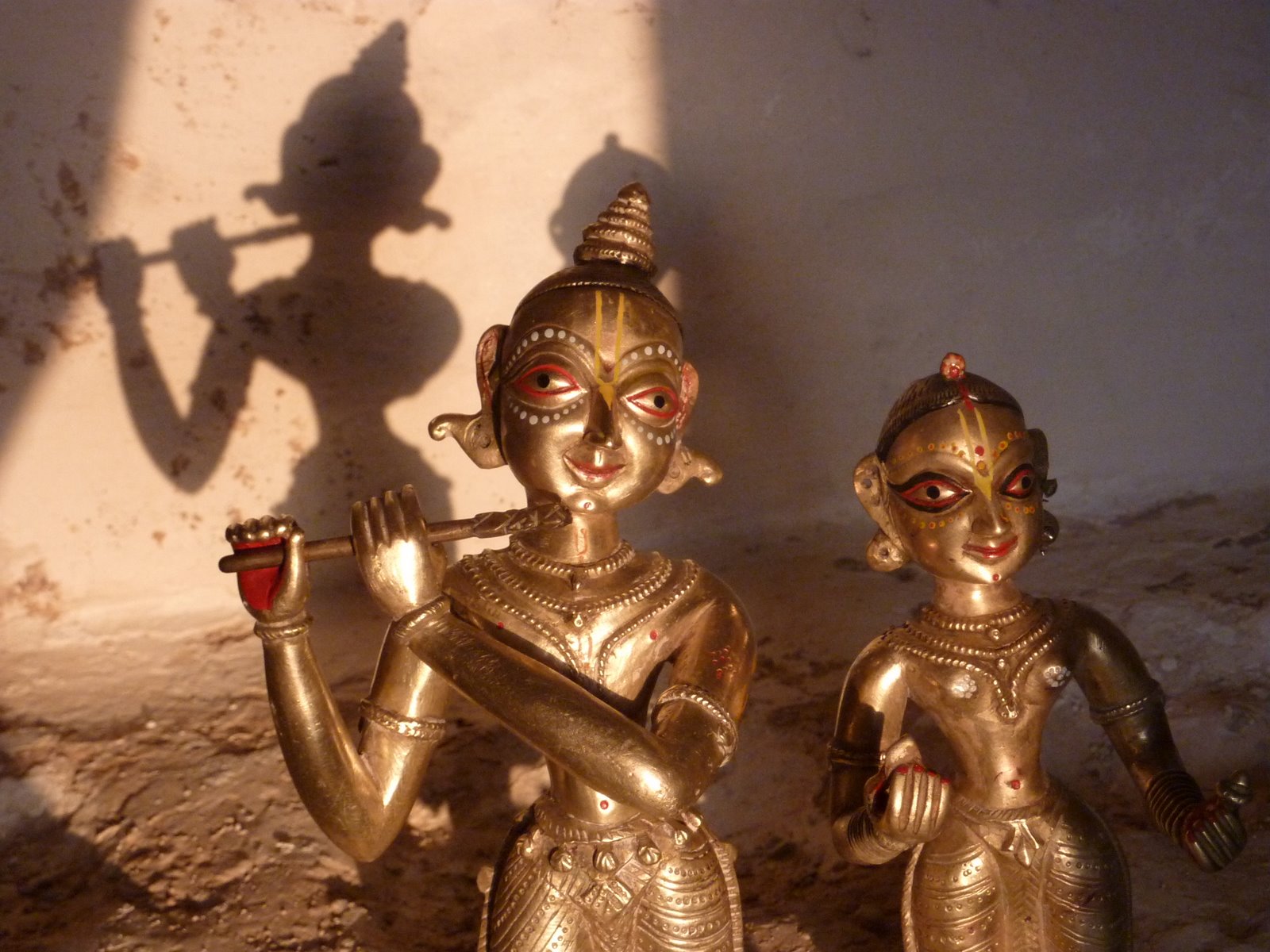New And Old Conversation: Hinduism`s Balancing Act
By Christopher Chapple | Авг 08, 2010

As we look ahead, we recognize that the study and practice of Hinduism are already well established in academia and in the religious life of America. More than 400 professors trained as specialists in India are currently teaching nationwide. These scholars are generally trained in Sanskrit and/or a modern Indian language and have extensive field experience in India. Their specializations vary widely. Scholars of Hinduism may be expert in the worship of Krishna or Siva or the Goddess or in Yoga or Vedanta or in one of the other the philosophical schools or in ritual practices. All professors routinely teach introductions to Hinduism and the religions of India that include aspects of history, geography, philosophy, and religious practice. At the same time, Hindus have been constructing temples and community centers since the late 1960s. Every major American city now includes at least one Hindu temple. Additionally, some of the key ideas of Hinduism are parleyed through the thousands of Yoga centers that have opened nationwide.
In India, higher education does not include the discipline of religious studies. Traditional priestly training takes place outside the university setting in the equivalent of residential seminaries. The building of Hindu temples has undergone a great revival since the policies of economic liberalization that began in the 1990s.
Hinduism around the world finds itself facing modernity (coping with science and technology) and post-modernity (the erosion of traditional values due to globalization). However, due to its open-minded theology, and the Hindu penchant for absorbing and reinterpreting new innovations, contemporary research into cosmology does not threaten the tenets of the faith as is the case for the prophetic monotheisms that rely upon the Genesis narrative. Technology, particularly the computer, has been embraced as a new worship tool, with rituals available online and with live webcam and television broadcasts from India’s most holy sites.
With increased urbanization in India, some lifestyle patterns are changing, including food habits and marriage preferences. However, the Hindu tradition asserts itself in new forms, including media (India’s Bollywood releases more movies each year than Hollywood; most films carry traditional morals or engage modern life from an Indian perspective). Hindu traditions have penetrated contemporary food as well — McDonald’s offers a no-beef menu in India. The proliferation of sects and styles of worship finds even greater strength due to the increased financial status of the Indian population.
Hinduism in America is definitely in flux. In the first half of the 20th century, virtually all “Hindus” in America were white, due to the Asian Exclusion Acts of the 1880s and 1920s. With the passage of immigration reform in 1965 at the time of the civil rights movement, Hindus began to arrive and settle in the U.S. from India, Fiji, South Africa, Kenya, Trinidad, and Britain. By the 1980s, construction began on significant Hindu temples in virtually all American cities. By some estimates, approximately two million Hindus of Asian origin now dwell in the United States. Meanwhile, the “white Hindus” have seen continued success through the establishment of Vedanta, Yoga, and Hare Krishna centers. Today, it is estimated that approximately 20 million Americans of all ethnicities practice Yoga, which has its origins in the Hindu tradition.
Christopher Key Chapple is the Navin and Pratima Doshi Professor of Indic and Comparative Theology at Loyola Marymount University. Dr. Chapple’s research interests have focused on the renouncer religious traditions of India: Yoga, Jainism, and Buddhism. He has published several books, including Yoga and the Luminous: Patanjali’s Spiritual Path to Freedom (SUNY, 2009) and Reconciling Yogas (SUNY, 2003).















